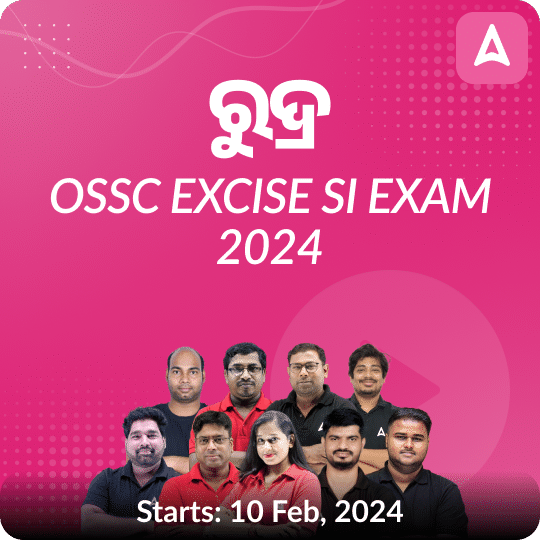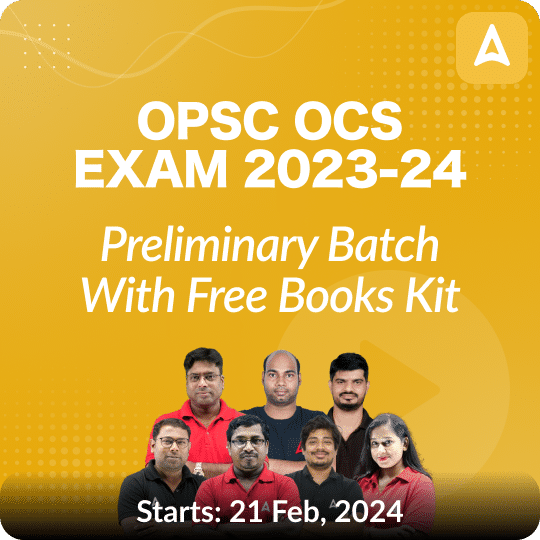As you are aware, in all competitive exams, the “Daily Current Affairs Section” holds significant importance in determining the cutoff scores. Therefore, if you excel in this section, you will have a better chance of achieving higher marks in these exams and securing a spot on the merit list.
Addapedia Odisha – Daily Current Affairs -02 March 2024
| National and International News | |
| International Big Cat Alliance | Context:
Key points:
Addressing Conservation Challenges:
Participation in the IBCA:
India is home to five out of seven big cat species: Tiger, Lion, Leopard, Snow Leopard, and Cheetah. The long-standing conservation practices in India, especially for tigers, are considered pioneering and could serve as a model for other countries. |
| Vikramaditya Vedic Clock
Understanding Greenwich Mean Time (GMT): Greenwich Mean Time, the mean solar time at the Royal Observatory in Greenwich, London, serves as the benchmark for timekeeping. Established in the 19th century, the Royal Observatory was designated as the prime meridian (0° longitude), dividing the Earth into Eastern and Western Hemispheres. |
Context:
The Vikramaditya Vedic Clock, situated on an 85-foot tower within Jantar Mantar in Ujjain, Madhya Pradesh, was virtually inaugurated by Prime Minister Narendra Modi. Timepiece Based on Indian ‘Panchang’:
Unique Features of the Vedic Clock:
Clock’s Operational Mechanism:
|
| Defence Ministry Signs Five Major Contracts | Context:
Key points: Contract with Hindustan Aeronautics Limited (HAL):
Impact on Indian Air Force (IAF):
Contracts with Larsen & Toubro (L&T):
Employment Generation: The projects with L&T are expected to generate direct and indirect employment of approximately an average of 2,400 persons per year for five years (CIWS) and 1,000 people/year over five years (HPR). Contracts with BrahMos Aerospace Private Limited (BAPL): Two contracts were signed with BAPL for the procurement of missiles worth ₹19,518.65 crore and ship-borne BrahMos system worth ₹988.07 crore. These missiles will be utilised to meet combat outfit and training requirements of the Navy. This project is likely to generate employment of nine lakh man-days in Joint Venture entity and around 135 lakh man-days in ancillary industries, including MSMEs. |
| Exercise SAMUDRA LAKSAMANA | Context:
Key points:
Exercise Harimau Shakti: It is a bilateral exercise between the Indian Army and the Malaysian Army. It focuses on counter-insurgency and counter-terrorism operations in rural and urban environments. |
| Civil Accounts Day 2024 | Context:
The Civil Accounts Day 2024 on 1st March was celebrated in New Delhi to mark the 48th foundation day of the Indian Civil Accounts Service (ICAS). Key points:
|
| DoomsDay Glacier | Context:
Location: Located in West Antarctica, the Thwaites Glacier spans approximately 192,000 square kilometers (74,000 square miles) and is situated adjacent to the Amundsen Sea. Significance: Thwaites Glacier, one of the widest and fastest-flowing glaciers in Antarctica, acts as a major conduit for the flow of ice from the West Antarctic Ice Sheet into the ocean, significantly contributing to global sea-level rise. Concerns:
The Thwaites Glacier is a critical component of the Antarctic ice sheet. Its rapid melting poses significant risks for global sea-level rise, highlighting the urgent need for strategies to mitigate the impacts of climate change. The glacier’s retreat was likely triggered by an extreme El Niño event at a time when the glacier was already in a phase of melting. |
| Odisha Regional Specific News | |
| CM Launches 32 Industrial Projects Worth Rs 6,993 Crore | Context:
Key points:
|
| Bhubaneswar ISBT Inaugurated |
|
| Union Minister Dharmendra Pradhan inaugurates I-Hub at IIM-Sambalpur | Context:
Key points:
|
| Four from Odisha among 150 ‘eat right’ railway stations | Context:
Key points:
|
| Leopard Population Declines in Odisha: MoEF Report | Context:
Key points:
|
| Odisha Cabinet approves informatics centre for hydro-meteorological data | Context:
Key points:
|
| Copyright © by Adda247
All rights are reserved. No part of this document may be reproduced, stored in a retrieval system or transmitted in any form or by any means, electronic, mechanical, photocopying, recording or otherwise, without prior permission of Adda247. |














